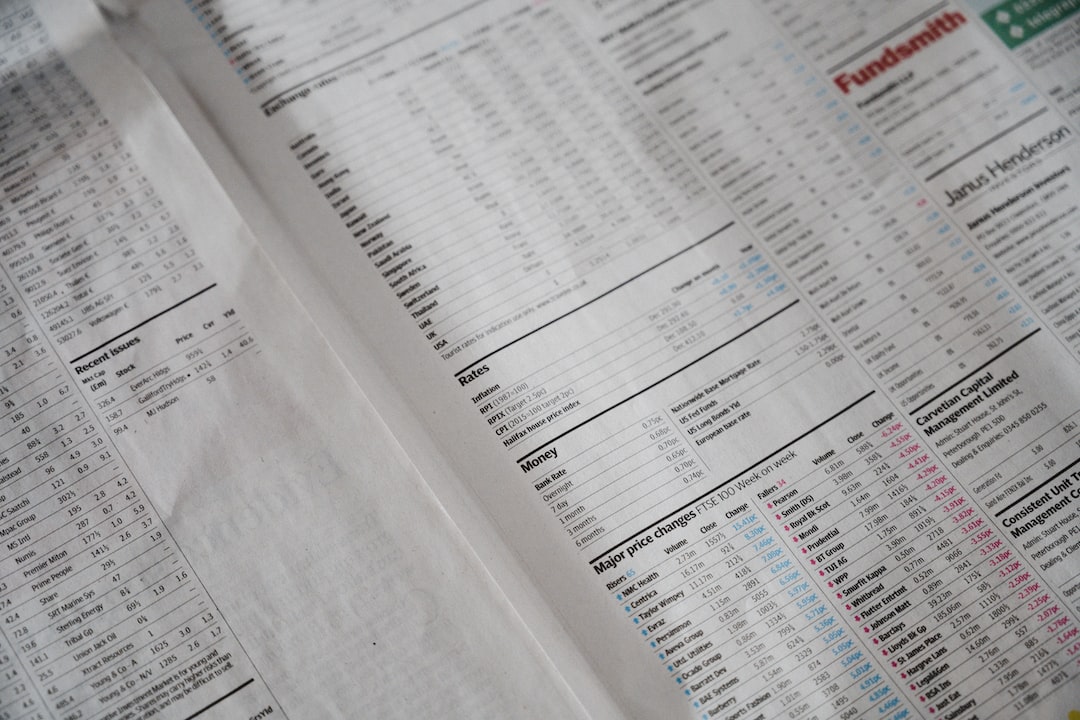Analyzing India’s Forex Reserves Chart: A Comprehensive Review of the Latest Trends and Figures
Introduction
Foreign exchange reserves play a crucial role in a country’s economic stability and its ability to navigate through various global financial challenges. India, being one of the world’s fastest-growing economies, is no exception. In this article, we will take a deep dive into India’s forex reserves chart, exploring the latest trends and figures to understand the country’s current position and its potential future trajectory.
Understanding Forex Reserves
Forex reserves, also known as foreign exchange reserves, refer to the total amount of foreign currency held by a country’s central bank and other financial institutions. These reserves serve as a buffer to ensure the stability of a nation’s currency, facilitate international trade, and meet any external liabilities.
India’s Forex Reserves: The Current Scenario
As of [insert date], India’s forex reserves stood at [insert figure], making it the [insert ranking] largest holder of foreign exchange reserves globally. Analyzing the latest trends and figures, we can observe several interesting patterns and developments.
1. Growth Trajectory: Over the past decade, India’s forex reserves have witnessed significant growth. From [insert starting figure] in [insert year], it has surged to [insert current figure] in [insert year], showcasing a [insert growth percentage] increase. This growth can be attributed to various factors, including robust foreign direct investment (FDI), increased remittances, and a favorable balance of payments.
2. Composition: India’s forex reserves are primarily composed of foreign currency assets (FCAs), gold, special drawing rights (SDRs), and reserve position in the International Monetary Fund (IMF). FCAs form the largest proportion, accounting for around [insert percentage]% of the total reserves. Gold holdings, on the other hand, constitute approximately [insert percentage]% of the reserves.
3. Volatility: India’s forex reserves have experienced some volatility in recent years. Factors such as global economic uncertainties, fluctuations in crude oil prices, and geopolitical tensions have led to short-term fluctuations in the forex reserves chart. However, India’s resilient economy and prudent monetary policies have helped in maintaining stability and mitigating any adverse impact.
4. Import Cover: One crucial metric to assess a country’s forex reserves adequacy is the import cover. It represents the number of months of imports that can be financed by the existing reserves. Over the years, India’s import cover has improved significantly. It currently stands at around [insert number] months, indicating a healthy level of reserves to meet external obligations.
5. Strategic Reserves: In recent times, India has been focusing on building strategic reserves of certain commodities. For instance, the country has been increasing its gold reserves to diversify its foreign currency assets and reduce dependency on volatile global markets. This strategic approach aids in maintaining stability during times of economic uncertainties.
Future Outlook
Looking ahead, India’s forex reserves are expected to continue growing, albeit at a moderate pace. The country’s strong economic fundamentals, rising FDI inflows, and government initiatives to boost exports will likely contribute to the upward trajectory. Additionally, the Reserve Bank of India’s proactive management of forex reserves and policies to attract foreign investments will play a crucial role in maintaining stability and bolstering the reserves.
However, potential challenges such as global economic slowdown, trade tensions, and currency fluctuations need to be carefully monitored. The central bank’s ability to manage these challenges effectively will be pivotal in ensuring the sustained growth of forex reserves.
Conclusion
India’s forex reserves chart reflects the country’s robust economic growth and its ability to navigate through global financial challenges. The steady growth trajectory, improved import cover, and strategic reserves position India favorably in the global economic landscape. As the country continues to implement prudent policies and attract foreign investments, its forex reserves are expected to remain strong and contribute to overall economic stability.






